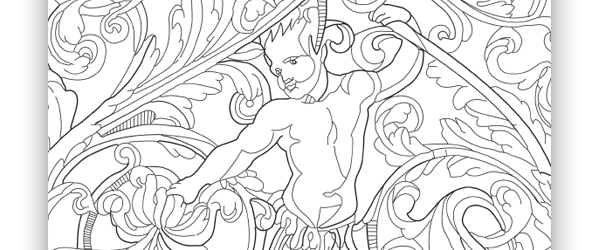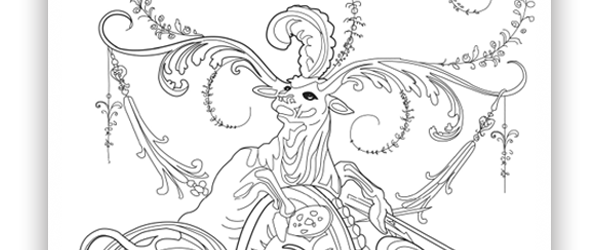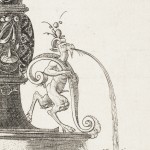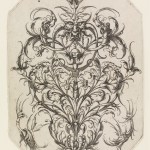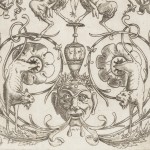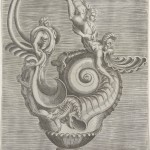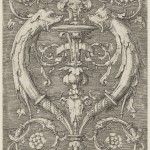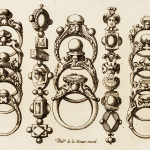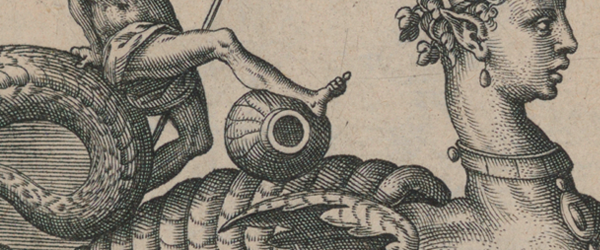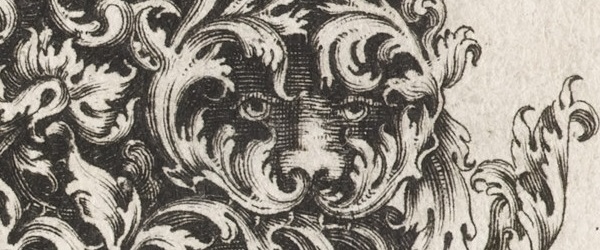Fragile Beasts
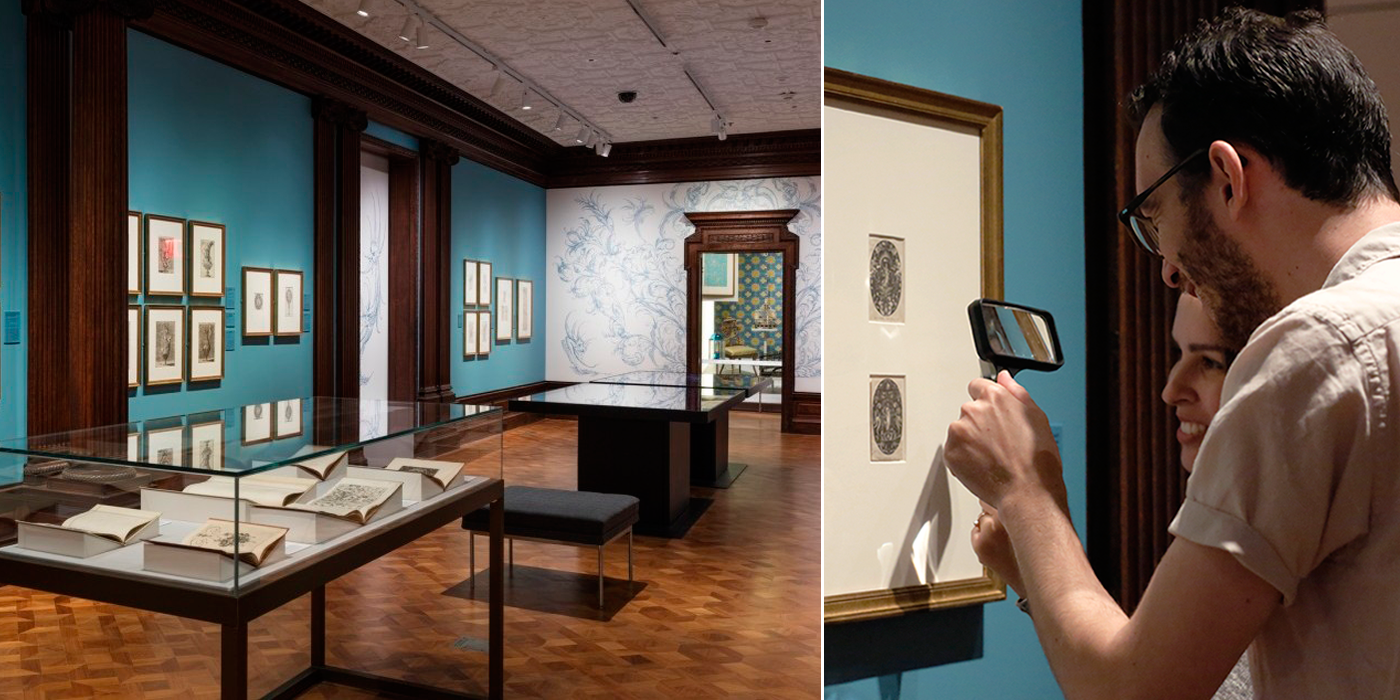
About
Exhibition on view June 10, 2016 through January 16, 2017
Plan your visit to the museum today.
Fragile Beasts features nearly 70 rarely seen ornament prints and drawings from the sixteenth and seventeenth centuries that are part of Cooper Hewitt’s permanent collection and Cooper Hewitt, Smithsonian Design Library.
Within the confines of ornamental designs, artists turned elements from nature into otherworldly beings. Creatures, fearsome or playful, graceful or rigid, take their place in dense and sinuous designs for locks, ewers, rings, tapestries, stained glass, and more. These intimately scaled works, often measuring just a few inches, are at times erotically charged and at others moralizing. Centuries later, these drawings and prints open a window to the imagination of artists and designers as the Age of Exploration unfolded around them.
find your beast!
Discover your own fragile beasts as you color in delicate designs adapted from the prints and drawings now on view. The Fragile Beasts Coloring Book is available at SHOP Cooper Hewitt.
Start coloring with these free, printable pages from the book:
highlights
Explore all the objects in the exhibition online.
Fragile Beasts Video
“Cowcumbers and Cornucopia”: Rediscovering the Grotesque in Design
What is a cowcumber, exactly? Find out the answer to this and many “grotesque” questions as Sarah Grant, Curator in the Word and Image department of London’s Victoria & Albert Museum, gives an overview of the grotesque in all its many fanciful and provocative permutations: from its origins in ancient Rome and its rediscovery and eccentric treatment in the Renaissance to its grandiose and elegant variations in the seventeenth and eighteenth centuries.
Meet the Beasts
Taming a Scaly Sphinx
An oarsman reclines on a sphinx’s scaly tail in this design for a pendant… Read More.
Acanthus in motion
A lion and a hare are composed entirely of scrolling acanthus leaves in this late-seventeenth-century engraving… Read More.
